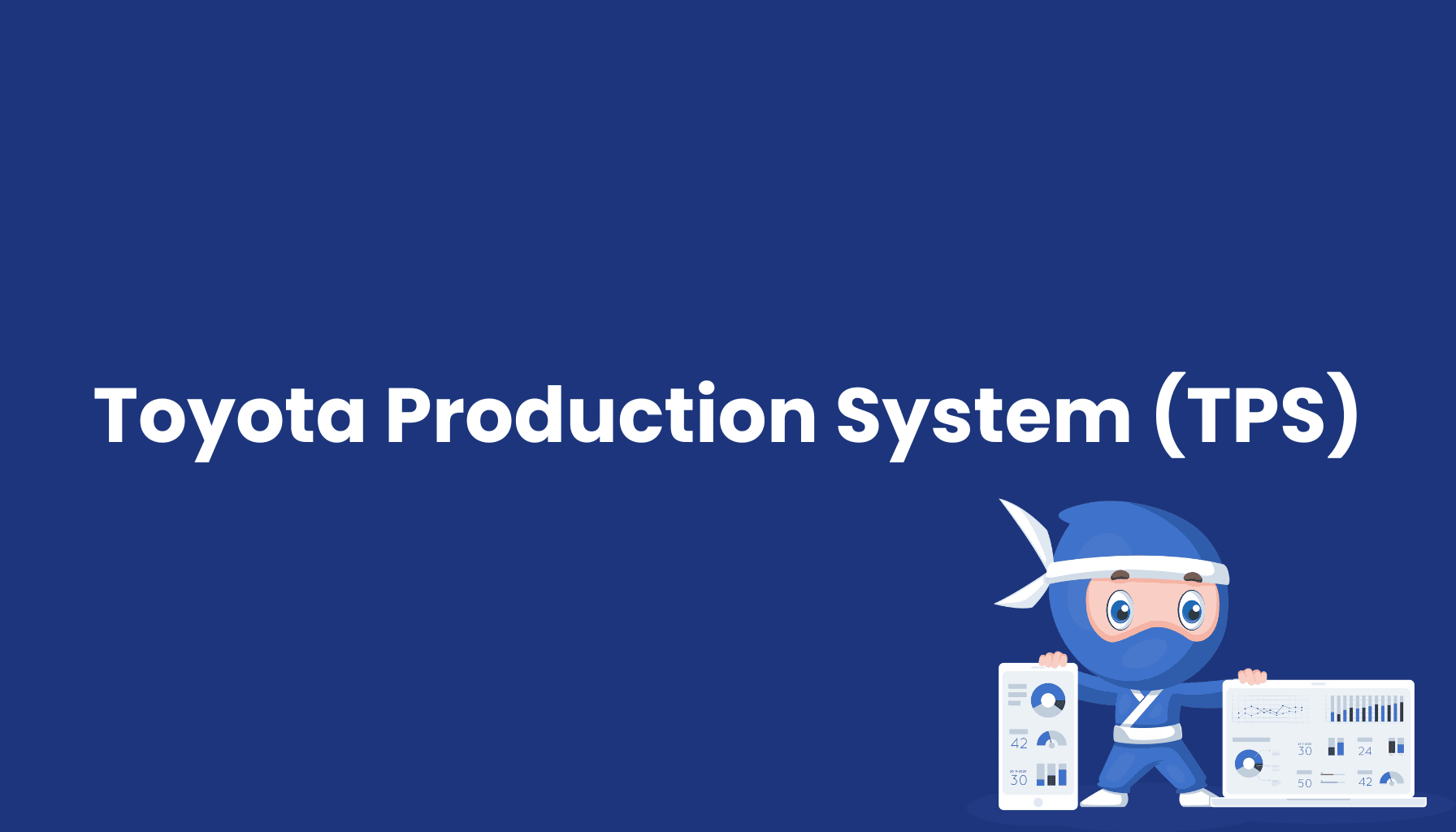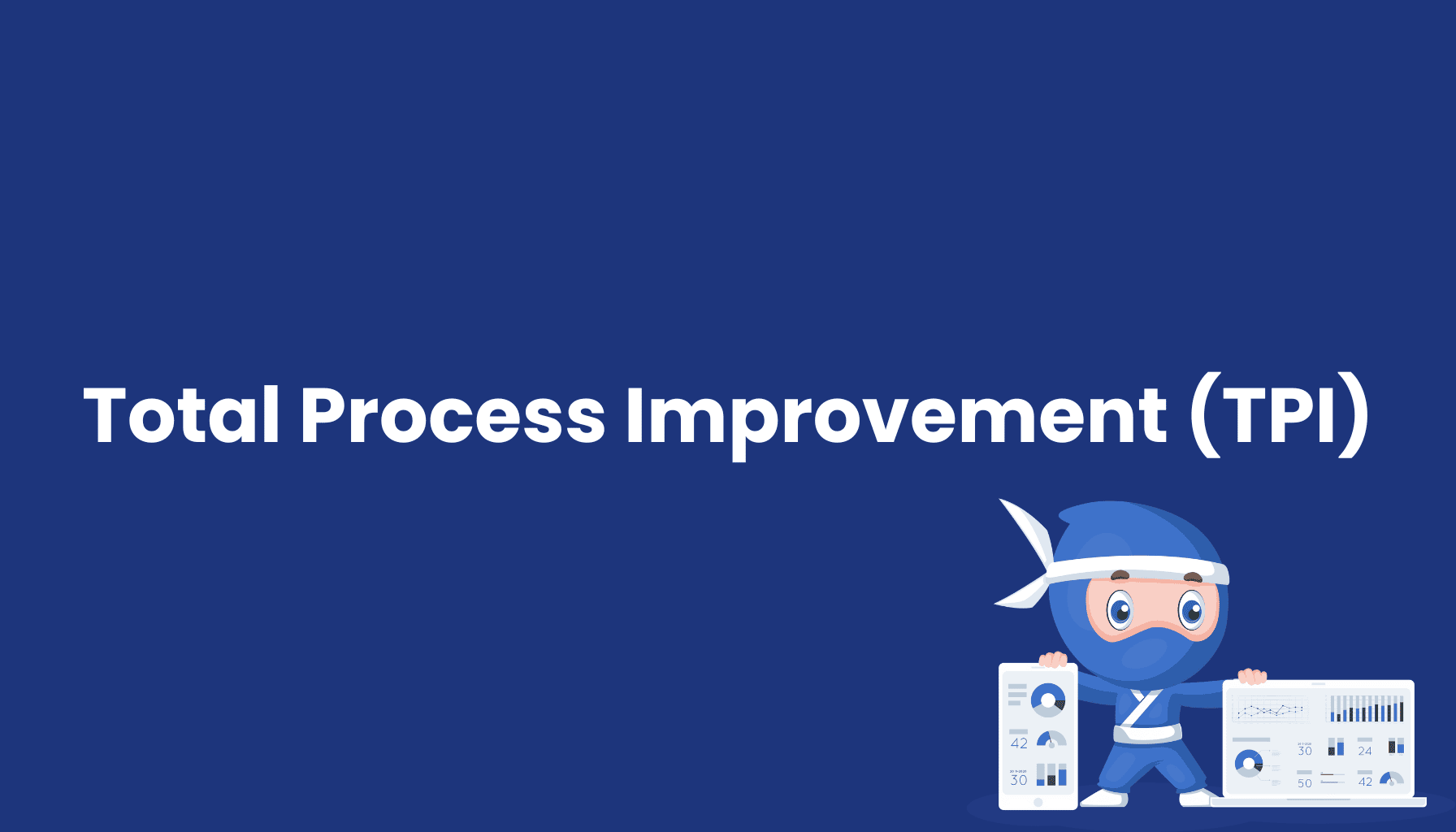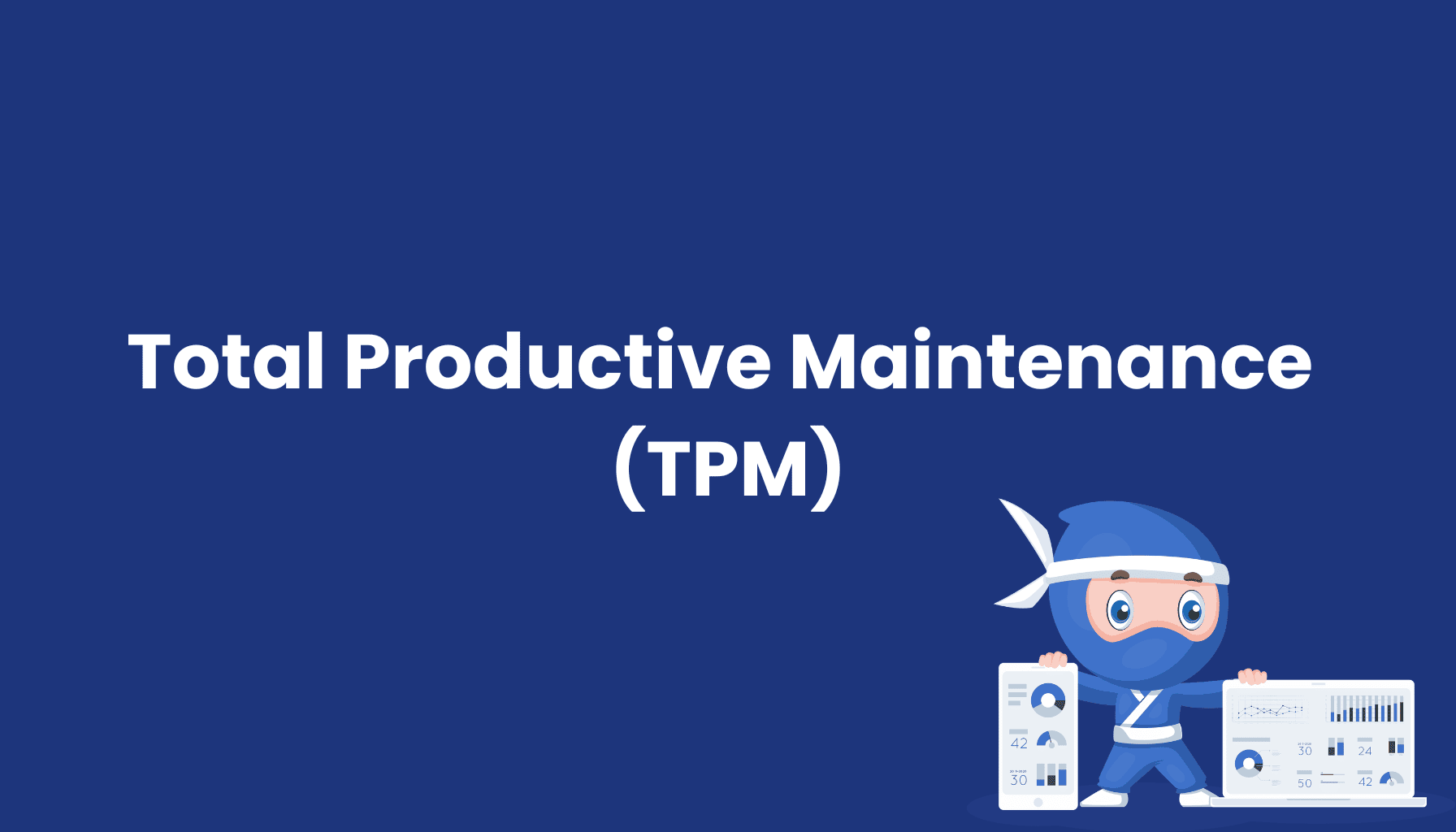Tracking
What is Tracking?
Tracking refers to the real-time monitoring and tracking of products, materials, or transport vehicles throughout the supply chain. With technologies such as RFID (Radio Frequency Identification) and GPS (Global Positioning System), companies can monitor the location and condition of their goods in real time. This not only enhances transparency but also boosts efficiency and improves inventory management.
Advantages of Tracking
- Enhanced Transparency: Real-time tracking provides full transparency along the supply chain, ensuring the traceability of all goods and materials.
- Reduced Losses: Continuous monitoring minimizes losses due to theft, damage, or misdirection, saving costs and securing the supply chain.
- Increased Efficiency: Tracking technologies help identify and resolve bottlenecks and delays in the supply chain, improving overall efficiency.
- Optimized Inventory Management: Real-time data on the location and condition of goods enables precise inventory control and proactive demand planning.
- Customer Satisfaction: Real-time updates allow companies to provide customers with accurate delivery information, improving customer satisfaction.
Applications of Tracking Technologies
-
RFID: Enables the automatic identification and tracking of products and materials via radio waves. RFID tags attached to goods allow precise monitoring of their movement along the supply chain.
-
GPS: Primarily used for tracking vehicles and transportation. GPS technology provides real-time location data and aids in route optimization, making transportation more efficient.
Conclusion
Tracking technologies like RFID and GPS are essential tools for optimizing the supply chain. They improve transparency, reduce losses, increase efficiency, and enable more precise inventory management. Companies using tracking benefit from an optimized supply chain and provide enhanced service, increasing customer satisfaction and competitiveness.





